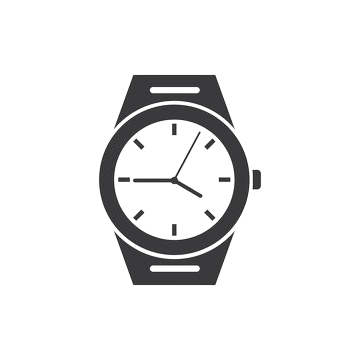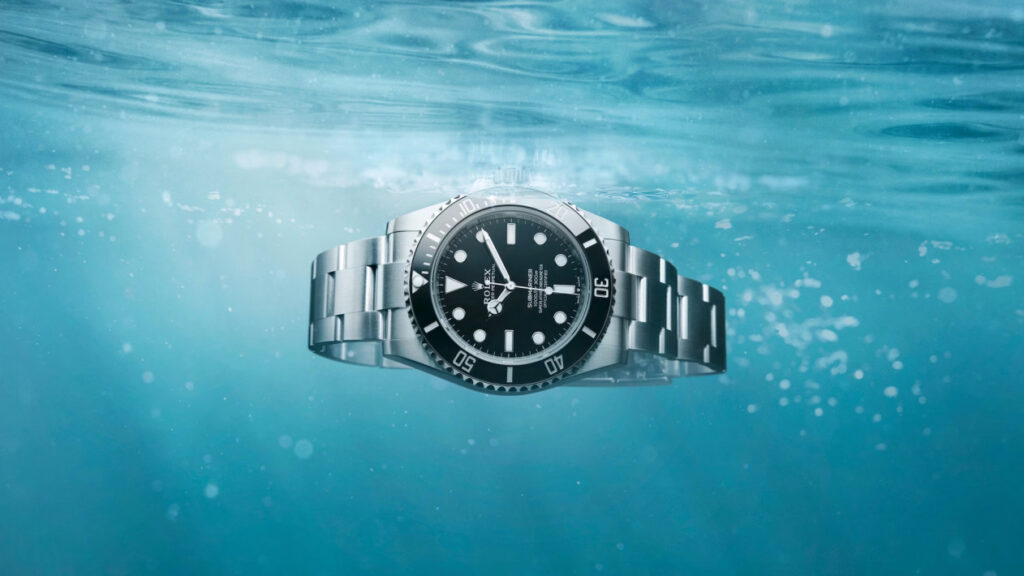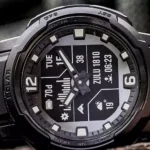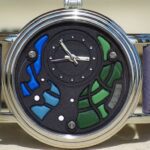Water resistance in watches is crucial for both functionality and durability. As consumer expectations rise, advancements in sealing technology have transformed how watches withstand water exposure, ensuring they perform reliably in various environments.
1. Understanding Water Resistance Ratings
Water resistance ratings are typically expressed in meters or atmospheres (ATM). Common ratings include:
- 30m/3 ATM: Suitable for light splashes and rain, but not for swimming.
- 50m/5 ATM: Good for swimming and shallow diving.
- 100m/10 ATM: Suitable for recreational diving.
- 200m/20 ATM and above: Designed for professional diving.
These ratings indicate the level of pressure a watch can endure, but they also highlight the importance of proper sealing and maintenance.
2. Advancements in Sealing Technologies
Recent innovations in sealing technology have significantly improved water resistance in watches:
- Improved Gasket Materials: Modern watches use advanced synthetic materials like silicone and rubber that resist degradation from water and temperature, ensuring a tight seal.
- Helium Escape Valves: For professional divers, these valves allow helium gas to escape during decompression, preventing case damage without compromising water resistance.
- Enhanced Case Designs: Manufacturers are now using computer-aided design (CAD) to create intricate case shapes that better accommodate seals and gaskets, enhancing overall integrity.
- Screw-Down Crowns: This feature helps create a tighter seal against water ingress, crucial for watches exposed to significant water pressure.
3. Testing Standards and Methods
The testing of water resistance has evolved to include more rigorous methods:
- Static vs. Dynamic Testing: While static tests simulate pressure in controlled environments, dynamic tests assess how watches perform under actual usage conditions, such as movement and temperature changes.
- Thermal Shock Testing: Watches are subjected to rapid temperature changes to ensure seals can withstand various conditions without failing.
- Long-term Durability Tests: Manufacturers are now conducting extended wear tests to simulate years of exposure to water, ensuring long-lasting performance.
4. Consumer Awareness and Maintenance
While technology has advanced, consumer education remains vital. Users should understand that:
- Regular Maintenance: Water resistance can degrade over time. Regular checks and resealing every few years are recommended, especially for watches that see frequent water exposure.
- Understanding Limitations: Users must know their watch’s limits and avoid exposing it to conditions exceeding its water resistance rating.
5. The Future of Water Resistance
As the watch industry evolves, further advancements are on the horizon:
- Smart Materials: Research into materials that change properties under different conditions could lead to watches that adapt their water resistance dynamically.
- Nanotechnology: Coatings that repel water at a molecular level may provide enhanced protection without the need for bulky seals.
- Sustainability: Innovations in eco-friendly materials for gaskets and seals are becoming a focus as the industry moves toward sustainability.
Conclusion
Water resistance is a critical feature in watches that combines technological advancements with consumer needs. As sealing technology continues to evolve, it not only enhances the longevity of watches but also enriches the overall user experience. Understanding these advancements empowers consumers to choose and maintain their timepieces effectively, ensuring they stand the test of time and elements.



